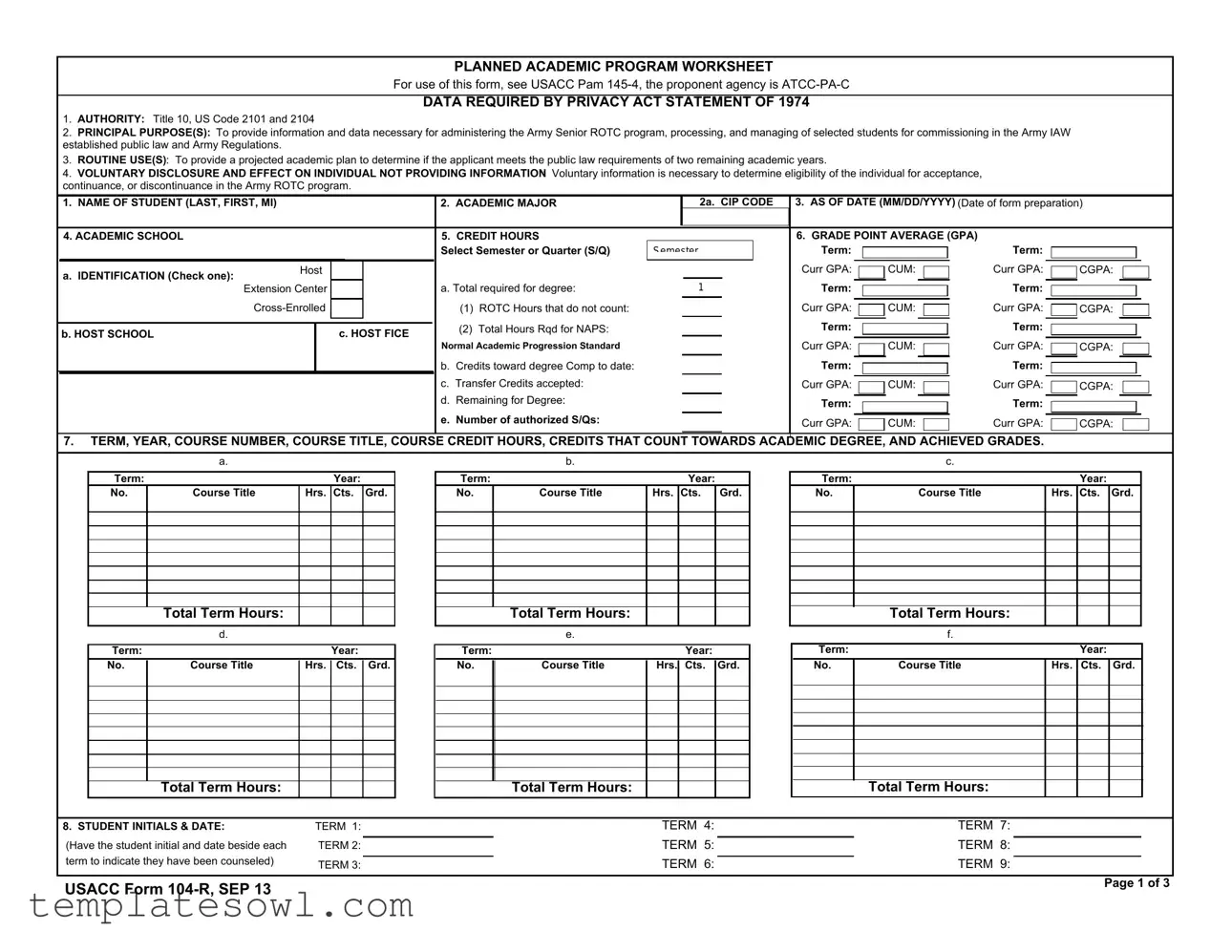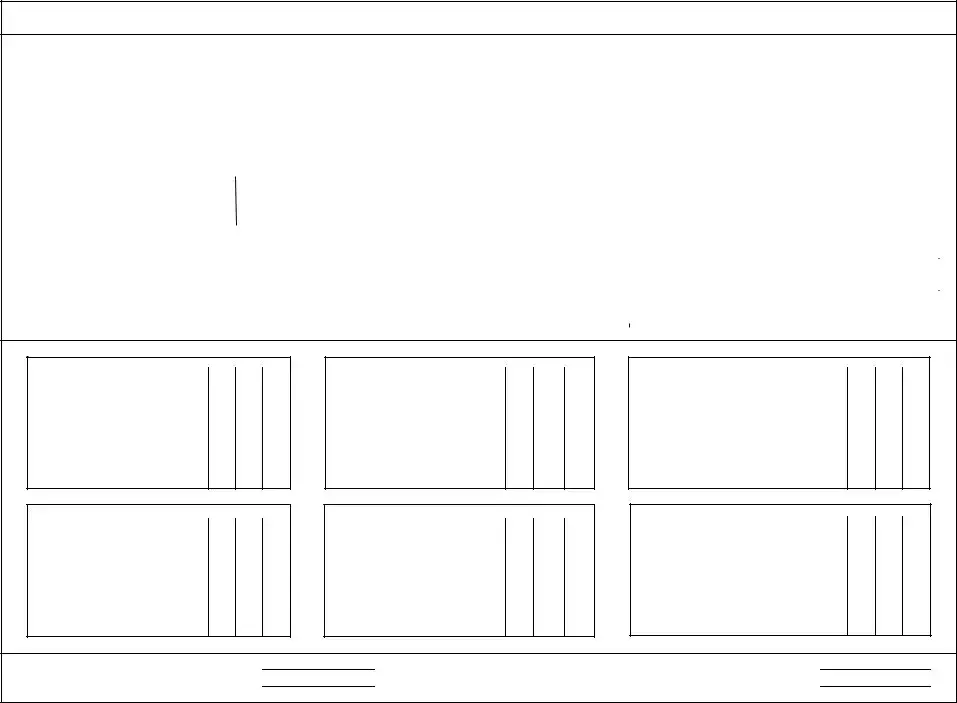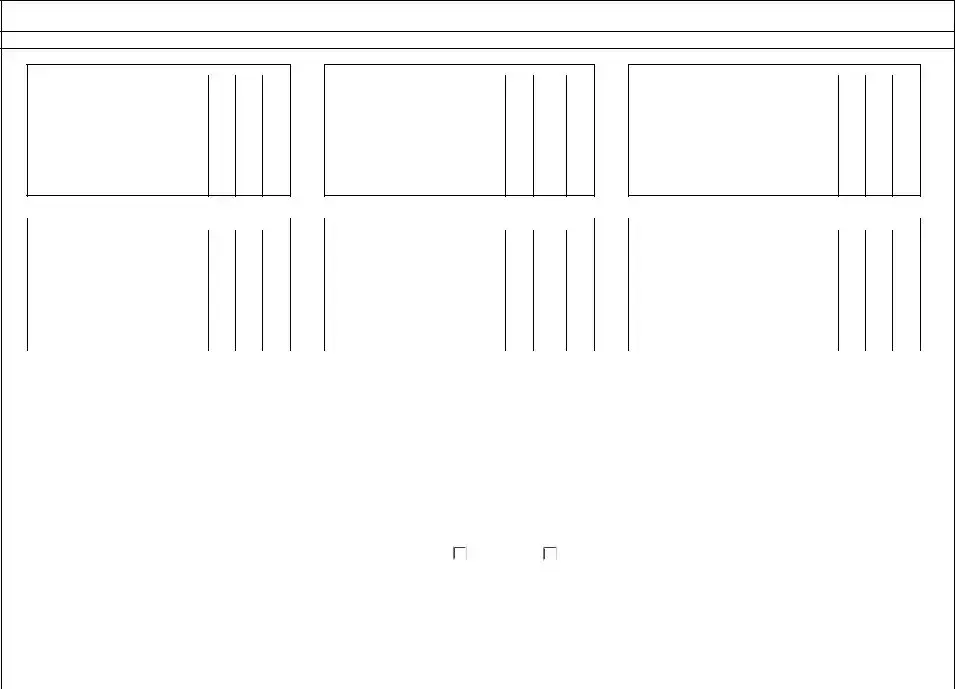What is the purpose of the 104 R form?
The 104 R form, officially known as the Planned Academic Program Worksheet, serves a fundamental role in managing and administering the Army Senior ROTC program. It collects essential information regarding a student's academic progress and future plans. The form helps determine whether applicants meet the academic requirements outlined by public law for commissioning into the Army. It is a crucial tool for evaluating eligibility, tracking academic performance, and ensuring that students are on the right path to complete their degree requirements.
Who needs to complete the 104 R form?
Students participating in the Army ROTC program are the primary individuals required to complete the 104 R form. This includes cadets who have received ROTC scholarships or are otherwise selected for the program. It is essential that these students provide accurate and complete information about their academic majors, credit hours, and grades. Completing the form is a voluntary process, but it is critical for a student’s acceptance and continued participation in the ROTC program.
What information must be included in the 104 R form?
The 104 R form requires various information to be filled out. First, the student's name, academic major, and the academic institution must be listed. It also requires details about credit hours and the student's grade point average (GPA). Additionally, students must document their course history, including course titles, credit hours, and grades received for each term. This comprehensive data allows the institution to review the academic plan effectively and assess the student's progress towards their degree.
What happens if a student does not provide the necessary information on the 104 R form?
If a student fails to provide the required information on the 104 R form, it may lead to complications regarding their eligibility for the Army ROTC program. Incomplete submissions could impede the processing of their academic plans and delay the assessment of their status within the program. This could ultimately affect a student's commissioning prospects or scholarship eligibility. Thus, it is vital that students ensure all information is complete and accurate to avoid any negative consequences.



